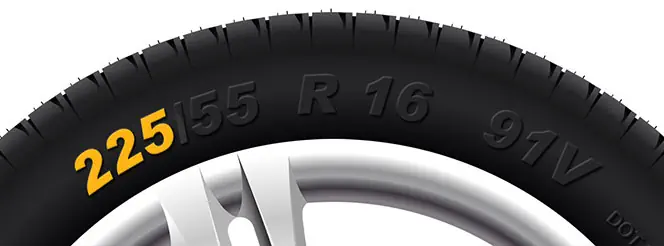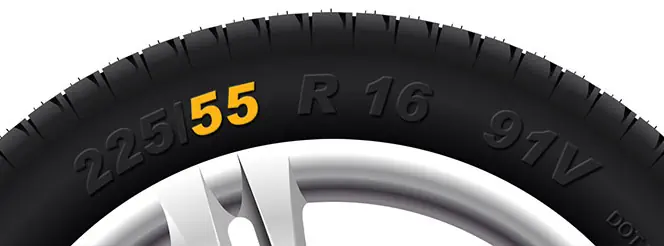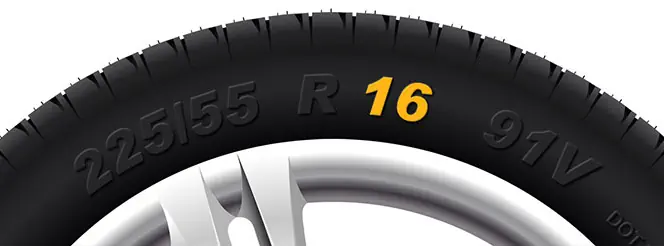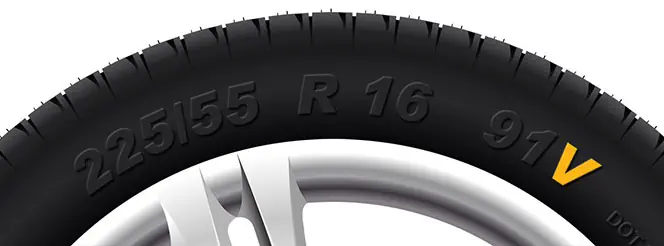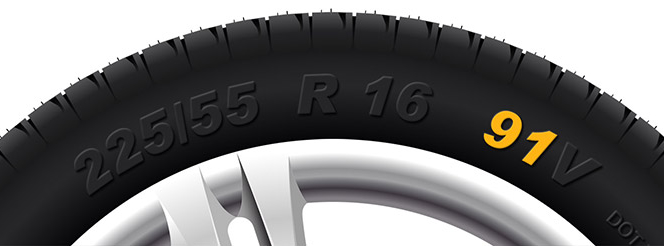Driving Etiquette: The Complete Guide to Merging Safely
Jessica Bird | Friday 6th June 2025 10:25am
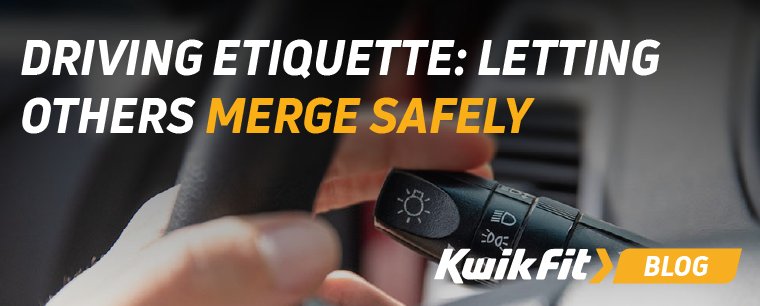
When learning to drive, or, for some drivers, even quite a while after passing their test, merging lanes and merging onto dual-carriageways and motorways can be scary. Using slip roads is particularly daunting for new drivers because you have to be extra aware of your surroundings, and make decisions accurately and quickly. After all, other traffic is usually flowing at between 60-70mph – which can be quite a scary speed!
That said, learning to merge safely between lanes and onto dual carriageways & motorways is an essential skill for every driver – and while it’s a relatively simple task once you’re familiar with it, there’s often not a clear understanding of how best to go about it.
Let’s look at how to merge and what you need to keep in mind for different situations.
The most important elements of merging
Merging is a technical task. But as much as it’s a technical one, it’s also a social one – you have to be aware of cars around you, and you have to behave in a predictable and considerate way, so that other drivers can make decisions too.
This is why the “etiquette” of merging is so important, because it’s not as clear-cut as who has right of way at a roundabout – there’s always the chance that somebody else isn’t playing fair or is driving inconsiderately – so you need some ground rules in place.
Who has priority?
As with turning onto roads from junctions, cars that are already on the road you’re joining have priority. This is because joining the road directly affects them, but it doesn’t affect you. In other words, other drivers either have to slow down or stop in order to let you join – and this creates a lot more opportunity for accidents compared to maintaining a continuous flow of traffic.
Signal your intent with plenty of time
In order for other drivers to make safe decisions, they need to know what you’re planning to do – which is why correct and clear signalling is vital (at all times on the road). Some drivers mistake turning on their indicator as a signal for when they’re about to move, but it should actually be used to signal your intent to move. Done with enough time, a driver in the lane you’re merging into has time to notice and then either slow down or speed up to create space for you to enter the lane.
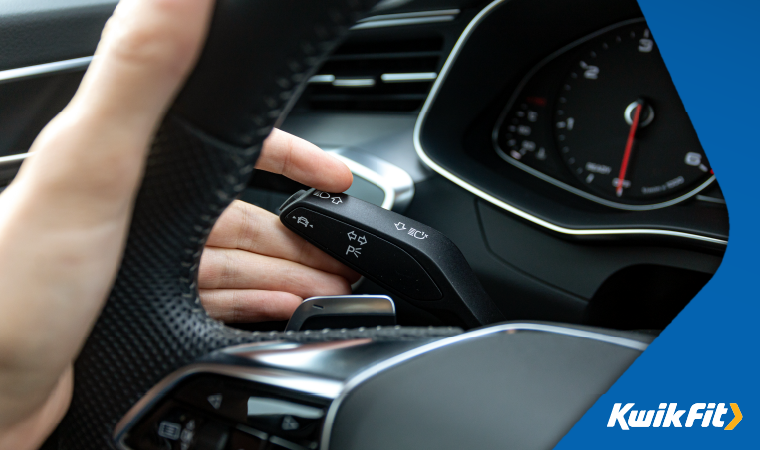
Be considerate
For every time someone needs to merge into a lane that you’re driving in, you will find another time that you’re the one needing to merge. It’s crucial, therefore, that everyone behaves fairly on the roads. If someone is trying to merge with your lane, be kind and respond in a way that helps them do so safely.
Merging from two lanes into one: the zipper method
“The Zipper Method” is recommended when two lanes merge into one. Usually in the UK, the right lane merges into the left one because junctions will tend to go off to the left. This means that the left lane has right of way, but to avoid the right lane becoming completely congested, drivers should use the zipper method to maintain the flow of traffic.
How to do the zipper method
Imagine a zip being done up – in order for it to lock together, teeth from each side alternate neatly into a single row. This is exactly how cars should merge in lanes too. Rather than moving over too early, drivers should use both lanes fully and take turns at the merging point.
On slower roads, this usually has the effect of slowing traffic in both lanes until the merge happens. But this advice changes on faster roads (such as 60mph A-roads), where it’s usually simpler to zipper merge while continuing the flow of traffic rather than waiting right until the merge point to do so.
- Stay in your lane until the merge point on slow roads
- Take turns fairly
- Be courteous
- Keep an eye out for signage
Letting drivers merge onto motorways & dual carriageways
So, you’re cruising comfortably in the left-hand lane of the motorway or dual carriageway, and you see a car approaching from a slip road. What should you do?
1. Create space wherever possible
The first and best option is to move into the middle lane (if it’s safe and legal to do so). This is almost always the easiest way to allow someone to join. In fact, it’s often advised that you move into the middle lane whenever you see a slip road coming – this avoids the need for having to quickly change lanes or react to cars trying to merge at the slip road, where traffic may have already become more congested.
If it’s not possible to move into the middle lane, adjust your speed to either slow down or speed up (within the speed limit) a little to create space.
At all times, avoid braking sharply. Sharp braking is hard to predict, so could cause someone to rear-end your vehicle in the worst of cases, but tends to cause traffic bunching in the least harmful cases.
2. Use your mirrors and stay alert
Letting someone merge safely is all about awareness. Use your side mirrors, rearview mirror, and peripheral vision to establish where other vehicles are in relation to yours – and do this with plenty of time.
3. Be patient and courteous
We can’t stress this enough - even experienced drivers can get a little nervous when joining a fast-moving motorway. A little patience and courtesy can make a huge difference!
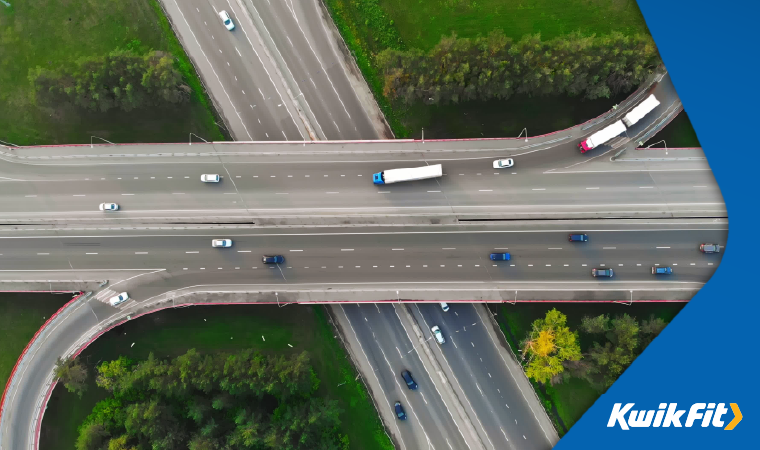
How to merge onto a motorway or dual carriageway
Now you have a good grasp of how to let others join the motorway or dual carriageway, but how do you join it yourself? Well, it’s all about speed, positioning, timing, and, crucially, confidence – as well as some courteousness from other drivers. Here’s how to do it safely.
1. Use the slip road to build up speed
The slip road exists to give you enough time to match the speed of traffic on the motorway. If there’s a lot of traffic on the slip road and it’s a particularly long one, then it can help to start a little slower to create distance between the car in front of you. But the main aim is to get up to speed.
Crucially, you need to use this time to check your mirrors and blind spots for other vehicles and gaps in the traffic.
2. Signal and merge smoothly
Signal while on the slip road so that other drivers can clearly see that it’s a merging road. Some roads slip on to the motorway but don’t actually merge, so it can be helpful for other drivers to see that.
When you’ve seen a gap in traffic, move smoothly into it at the earliest possible chance. Don’t wait until the end of the slip road to actually join the main road, because then you give yourself no room for error if, for example, an oblivious driver speeds up to close your gap in the left lane.
A vital point here is that, in almost all cases, you should not stop on the slip road. Not only are cars behind you trying to pick up speed, but you will then have to go from static to 60mph really quickly to match the flow of traffic – which is quite a feat for most non-performance cars.
3. Keep to the left lane when you join
Slip roads are the points at which the most congestion tends to happen, so it’s unsafe to merge onto the main road and immediately drift over into the fast lane. This is because other drivers will have moved into the middle and fast lane to let oncoming traffic in, so you’re likely to be cutting them off while also being less able to safely check your blind spots.
Remember, the safest way for traffic to move – at any speed – is for traffic to stay in the lane it’s already in. Almost all motorway and dual carriageway collisions happen at junctions or while changing lanes, so this is the bit to be most cautious with.
Confident merging starts with a well-maintained car
Safe merging is all about making the right decisions behind the wheel – and that means being confident in your car’s ability to do what you need it to do, which means responsive brakes, clear mirrors and sensors, a reliable engine, and tyres with proper grip.
If you’re unsure about the quality or condition of any of these components, or need any other tweak or repair, the experts at your local Kwik Fit centre are always on hand to help keep your car running smoothly.
Any facts, figures and prices shown in our blog articles are correct at time of publication.
Featured Articles
Is it Illegal to Drive With One Headlight?
Saturday 19th July 2025
Wondering if it’s illegal to drive with one headlight? Learn about the safety risks and penalties of illegal blown bulbs and why you should fix them promptly.
Air Con in EVs & Hybrids: Experts Answer Your Questions
Monday 30th June 2025
Does air con drain EV batteries? Can you use the air con while charging an electric car? Find out the answers to these questions & more from Kwik Fit’s experts.
Why Is Your Car Making a Noise? Fixes & Tips
Friday 13th June 2025
When your car starts making unexpected noises, it can certainly be quite disconcerting; it may be nothing to worry about, but here’s what you need to know.





